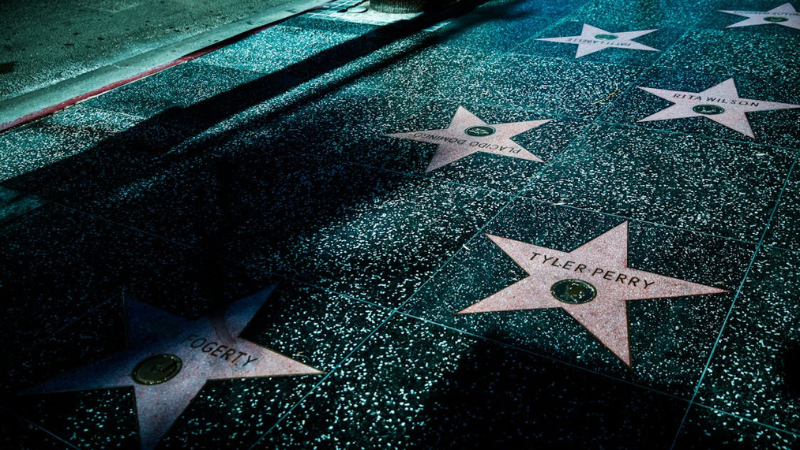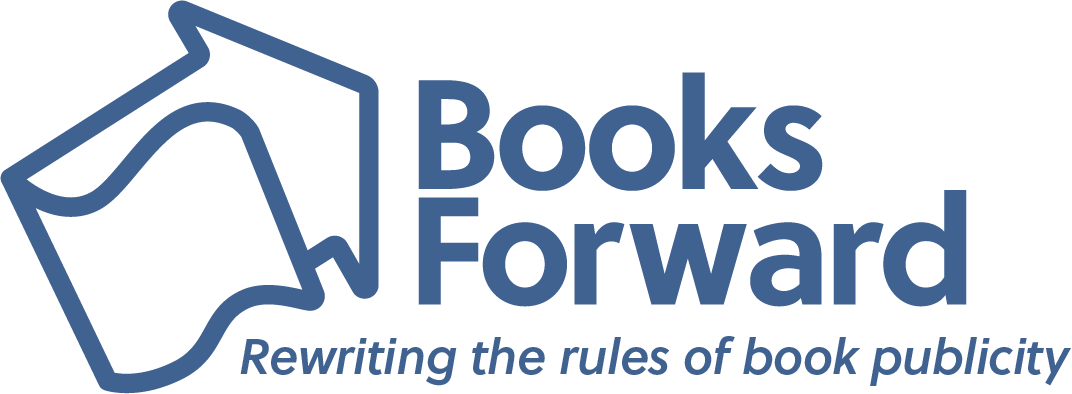.Book marketing agency offers free author webinars, book promotion consultations
NEW ORLEANS — Book promotion, digital marketing and publicity leader Books Forward is organizing innovative celebrations throughout 2025 to mark a quarter-century of elevating authors and breaking barriers. Among other initiatives, Books Forward is empowering authors with 25 free publicity consultations and three live webinars filled with influential insider expertise.
Since 2000, the agency has represented more than 1,000 authors, from debut writers to New York Times bestsellers, achieving milestones like:
- Helping indie authors land traditional publishing deals
- Launching New York Times and USA Today bestsellers
- Securing bookseller Indie Next picks
- Expanding U.S. releases into international markets through foreign rights deals.
As a team of former journalists, publishing insiders and influencers who value ethics and transparency, Books Forward helps authors navigate the ever-evolving publishing landscape. And as award-winning publicists, the agency specializes in bold, one-of-a-kind campaigns that break the mold and help authors accomplish their goals.
“We have always aimed to be a reliable and straightforward voice of integrity, which has become increasingly important to us in a growing age of AI and publishing scams,” said company President Marissa DeCuir. “Our team of driven publicists approach promotion with the mindset of not ‘Can we?’ but ‘How can we?’ because we think of our authors as part of our Books Forward Family.”
In 2025, the company invites authors to three free webinars:
“Ask a Publicist”
Get answers to all your publicity, publishing and digital marketing questions. Led by trusted experts and professionals who have been leading voices in book promotion for 25 years.
“How to Avoid Falling for Publishing Scams”
Learn to spot and avoid pitfalls like AI scams, fake agencies and predatory publishers. Led by a team committed to transparency in the publishing and book marketing industries.
“Being Your Publisher’s Best Partner”
Maximize opportunities and collaboration with your publisher’s in-house marketing teams. Learn from an agency of record for major publishing houses, university presses, hybrid publishers and small-press operations.
Authors interested in the chance to win a free publicity strategy consultation or participate in the webinars can sign up to the company’s newsletter to stay up to date on registration deadlines.
Books Forward is part of the JKS Communications brand, recognized as a top expert in book promotion and offering a full spectrum of author support.
The company has earned a reputation for innovative book marketing, transparent communication and proven results. And the agency has been leading industry trends for decades by:
- Becoming the first literary publicity agency to launch audiobook-focused publicity campaigns
- Introducing an innovative system that enables authors to monitor their campaign progress in real time
- Championing bloggers and influencers by pioneering ARC distribution before it became an industry standard
- Using video ads to promote books in cinemas, before the advent of social media
- Coordinating taxi advertisements for books, before the creation of Uber and Lyft
- Garnering attention from media and industry insiders for hand-crafted interactive, book-themed mailers before influencer promo boxes became trendy
- Developing press kits following journalists’ style — and breaking traditional PR rules — which has been consistently praised by the media
- Being among the first book marketing firms to champion indie authors. This includes launching an independent publishing division via Books Fluent. Books Fluent helps authors independently design and publish eye-catching, award-winning fiction and nonfiction while implementing traditional publishing standards.
“We are so proud of the quality of authors Books Forward and Books Fluent represent,” company founder Julie Schoerke said. “Their books have accumulated over 500 industry awards worldwide. And hundreds of our authors have achieved bestseller status regionally, nationally and across the globe. But more than their accolades, what impresses us the most is their dedication to telling their stories and influencing the lives of readers everywhere.”

Ellen Whitfield is senior publicist at Books Forward, an author publicity and book marketing firm committed to promoting voices from a diverse variety of communities. From book reviews and author events, to social media and digital marketing, we help authors find success and connect with readers.
Interested in what’s possible for your book sales and building readership? Check out our services, tell us your goals, and get a customized publicity campaign tailored just for you.
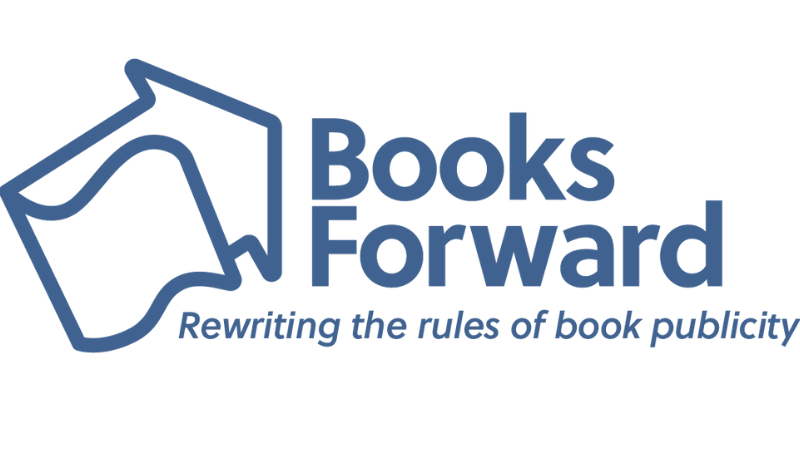
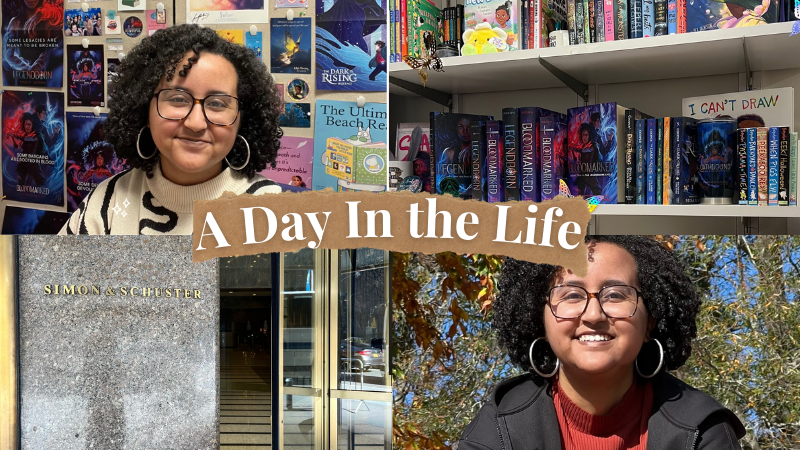

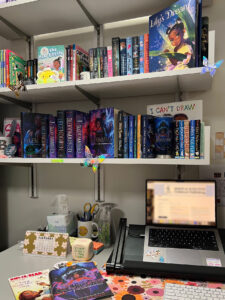
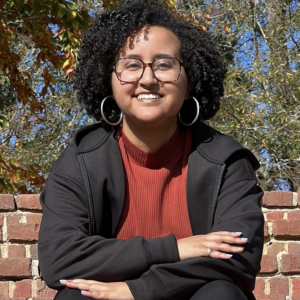
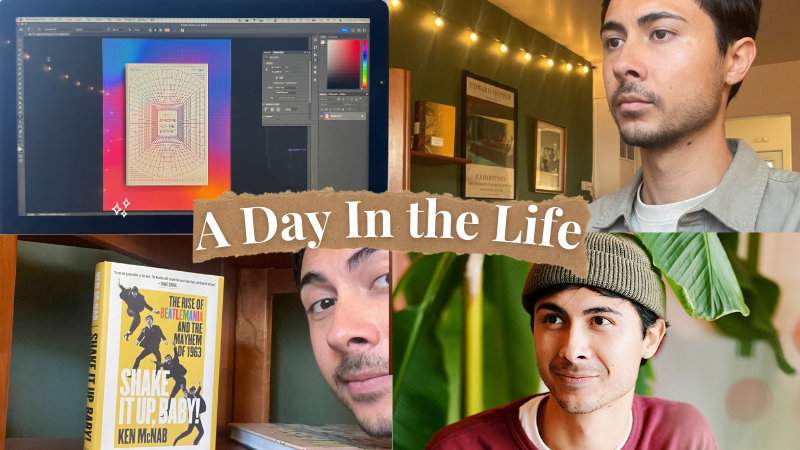


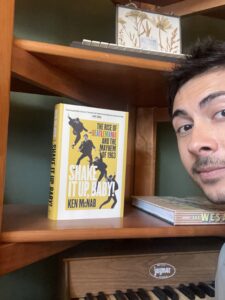

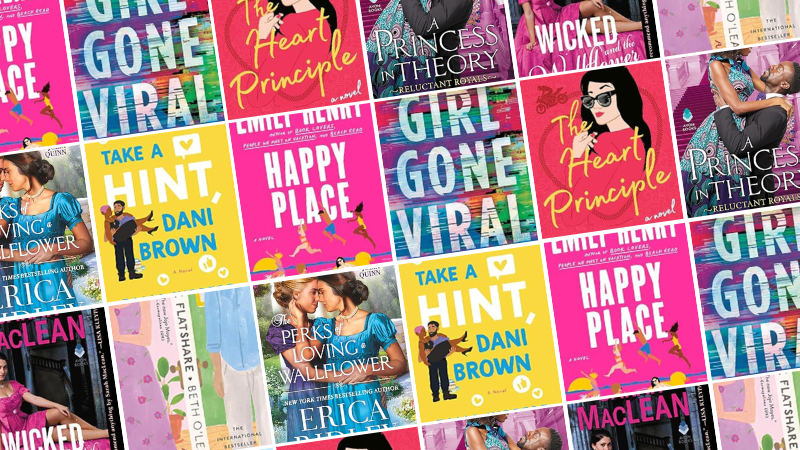


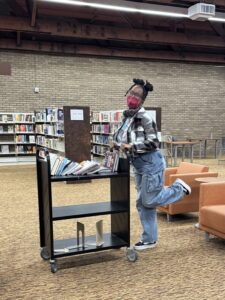

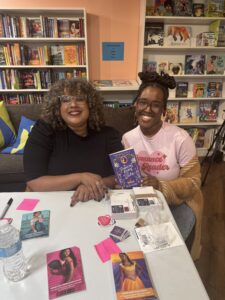
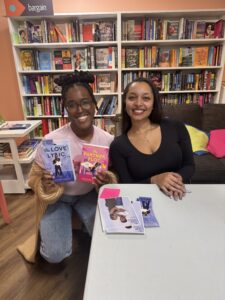
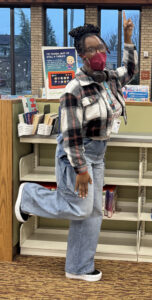

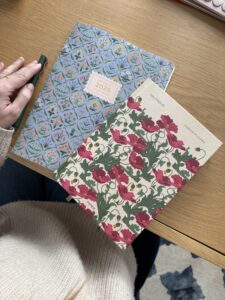
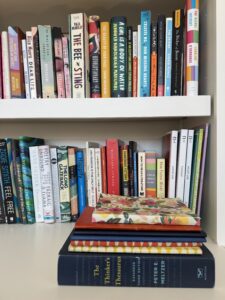
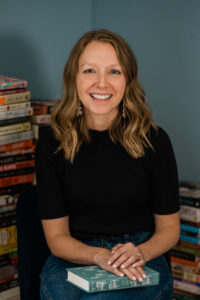
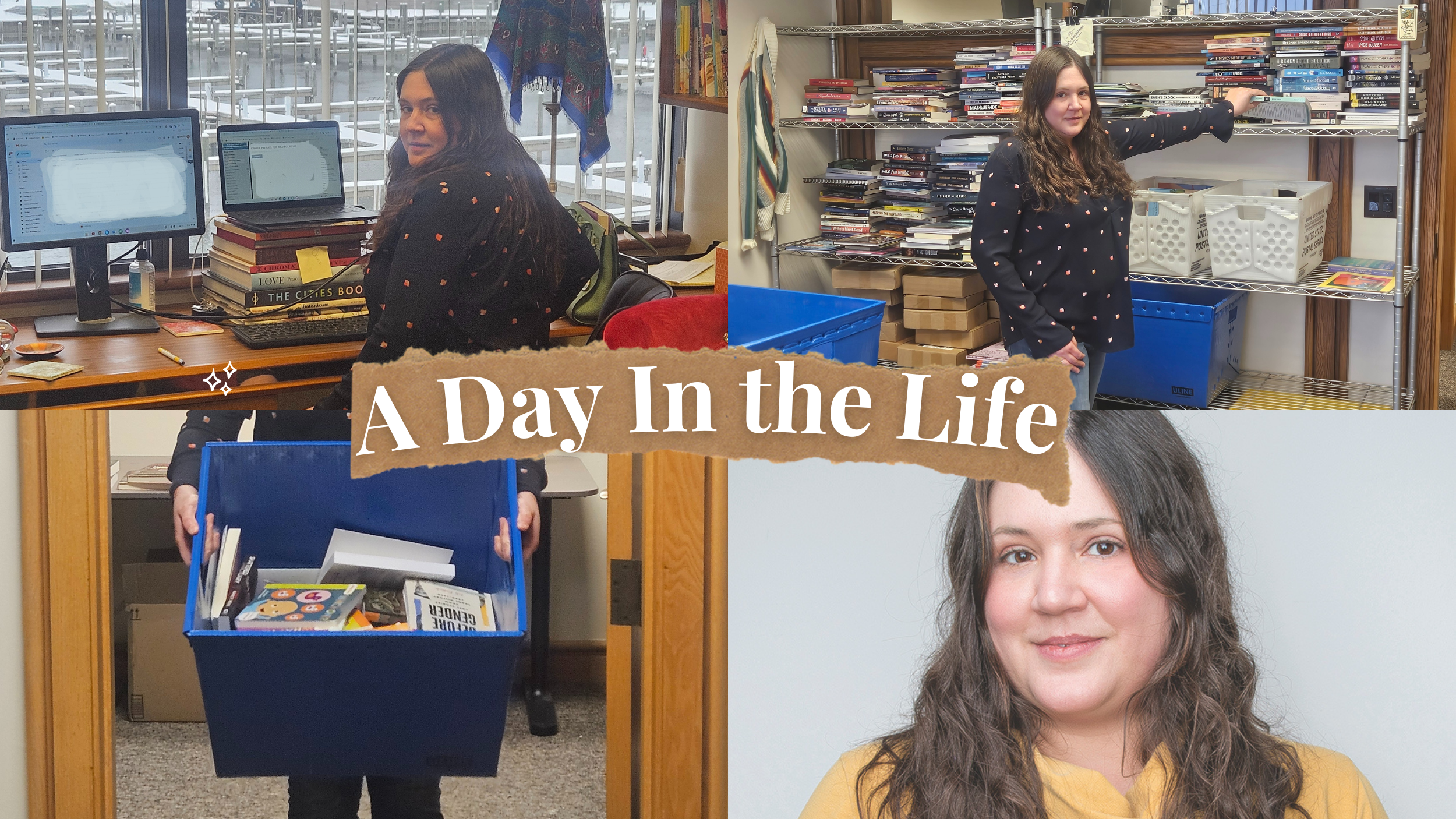

 1:30 p.m.
1:30 p.m.

